"Empire Pendulum Borne Model By Fontaine And Percier"
Tripartite mantel clock taken from an architectural design by French partners, 'Fontaine et Percier' and constructed of white marble with sections of variegated black and red marble (faux porphyry/feldspar). The case is surmounted by a domed head containing the dial which has a large concave marble bezel engraved with Greco-Roman heads executed in bas-relief. The canister-shaped sides of the dome are decorated with a fish scale pattern with a round door at the back providing access to the movement compartment. The head of the case rests on a thin horizontal white platform (imitates a classic papyrus scroll) with scrolls rolled up on each side. The throat section of the case is structured as a straight vertical pylon (the tapered pylon is another form designed by Fontaine & Percier) with four framed and recessed white marble side panels, all carved with dancing/swimming muses in low relief. A multicolored marble ogival molding transitions to the base section in variegated red marble on all four sides with a recessed white marble panel at the front containing a reclining classical figure. Below this is a single tiered black/grey marble base lying flat on the surface.
The movement is signed 'JONS' 47 Fontaine and Percier
Fontaine and Percier:
Pierre-François Léonard Fontaine, born in Pointoise (1762-1853) and died in Paris. His design came second in the Prix de Rome in 1785. He partnered with Charles Percier (1764-1838) in 1786 and this team is considered the premier company of designers in France. Percier joined the Institute of Fine Arts in 1811. Fontaine wrote a text on style furnishings between 1812-1817 which set the highest style standards for the Empire and the Restoration. The Empire style was promoted by the first team of architects/interior designers from Percier et Fontaine in France. Both men were antique enthusiasts, they were to be nicknamed the 'Etruscans'. They survey Rome to make numerous surveys of ancient monuments, such as the Arch of Septimius Severus and Trajan's Column in 1788. Fontaine will finally be admitted to the Académie de France at the Palais Mancini, from 1787 to 1790, the date of his return to Paris. .





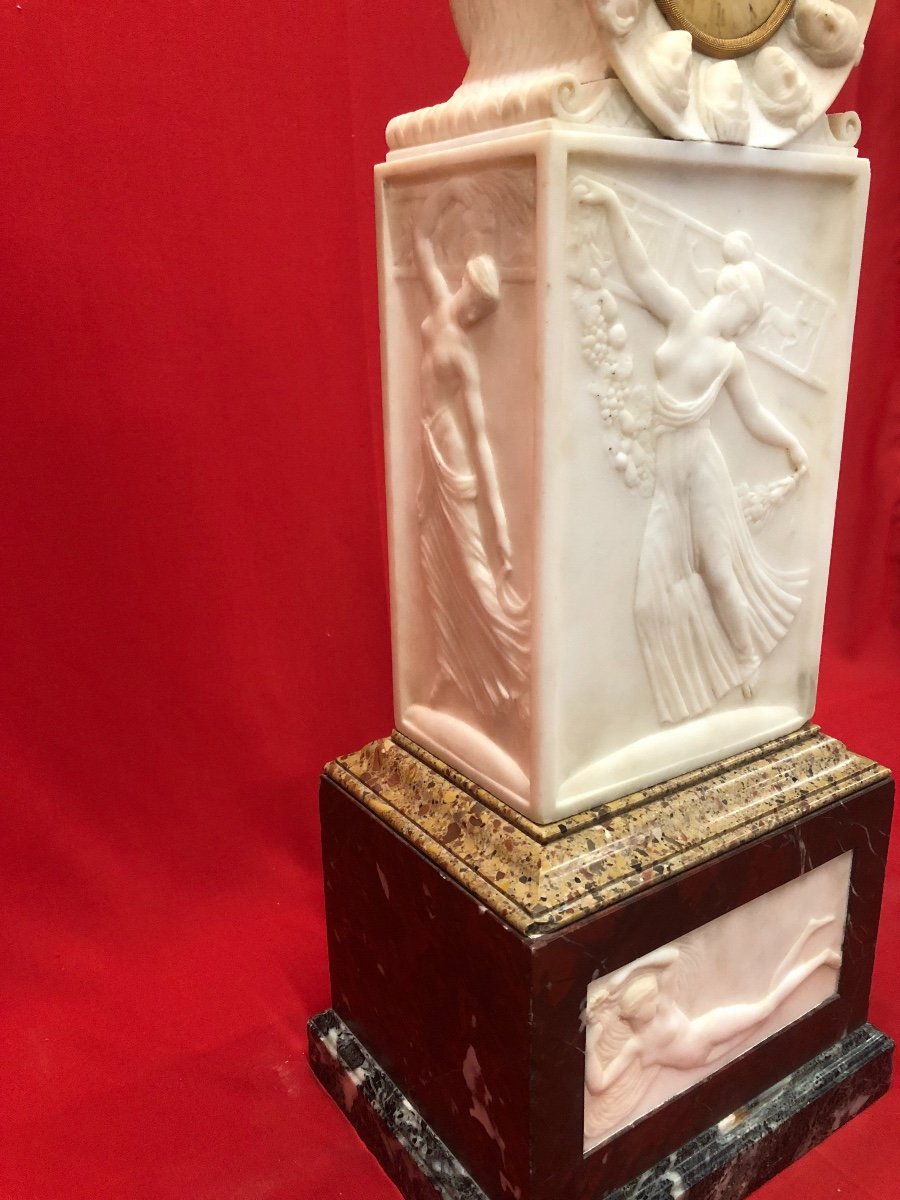








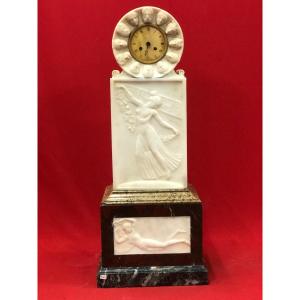














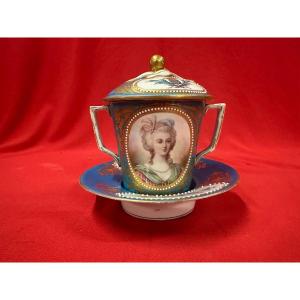
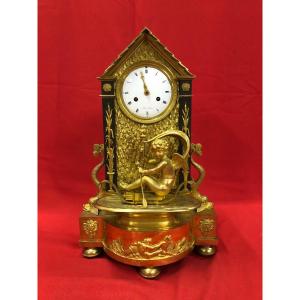


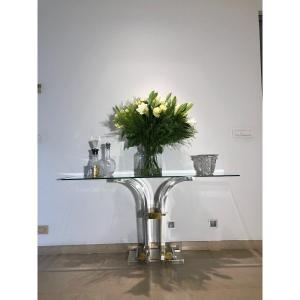


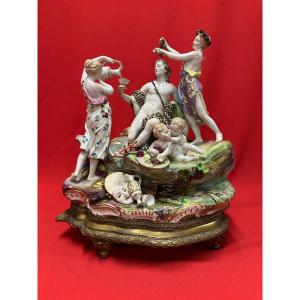





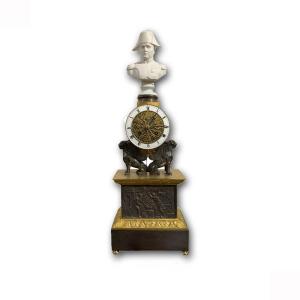
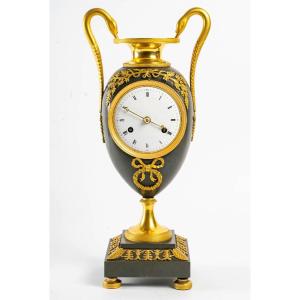
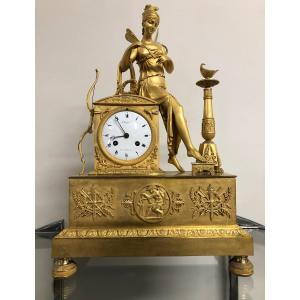





 Le Magazine de PROANTIC
Le Magazine de PROANTIC TRÉSORS Magazine
TRÉSORS Magazine Rivista Artiquariato
Rivista Artiquariato